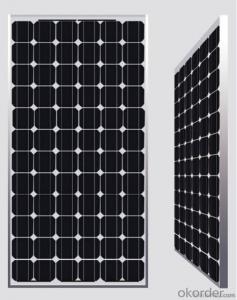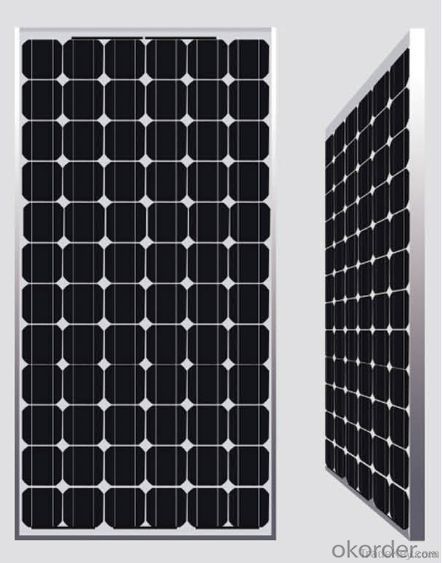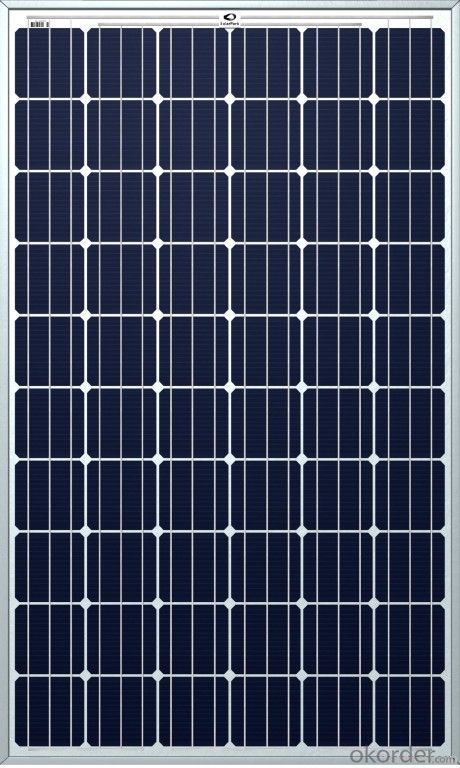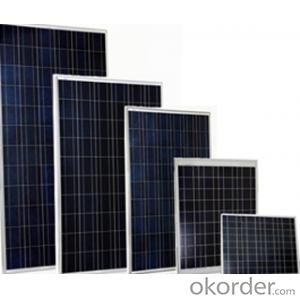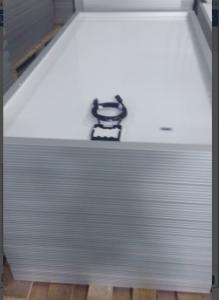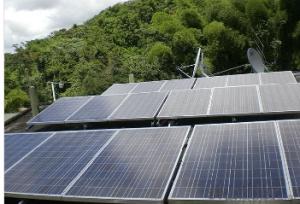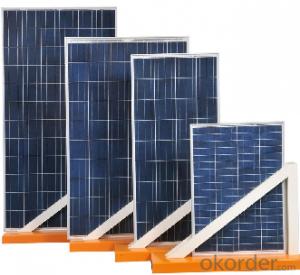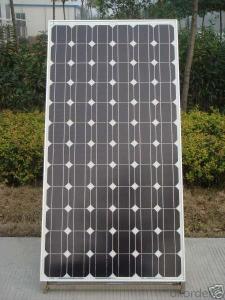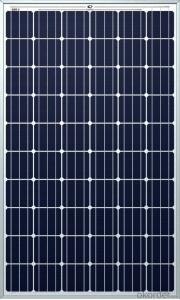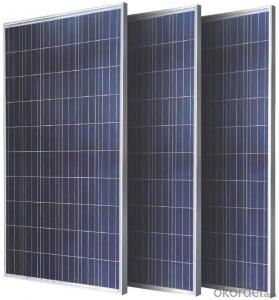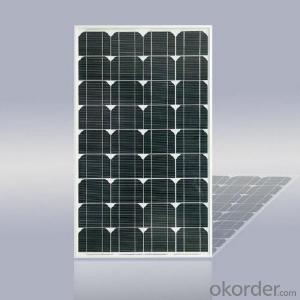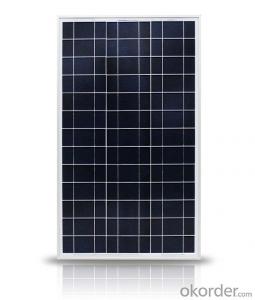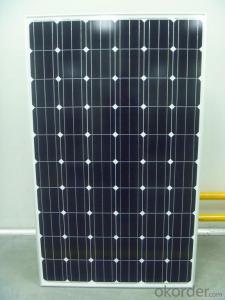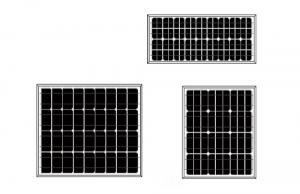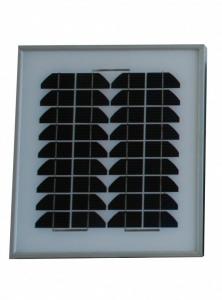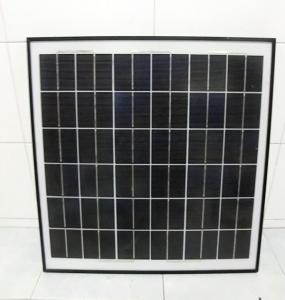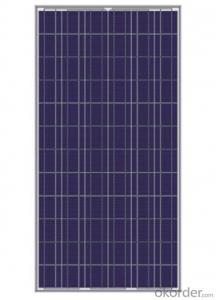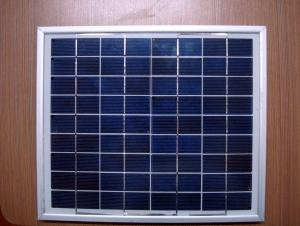260w Mono & Poly Solar Panels for Gate Openers - 260w/265w/270w/280w/300w/310w High Efficiency
- Loading Port:
- Shanghai
- Payment Terms:
- TT OR LC
- Min Order Qty:
- 1000 watt
- Supply Capability:
- 10000 watt/month
OKorder Service Pledge
OKorder Financial Service
You Might Also Like
Specification
Features
1) Product name: solar panel / module
2) Solar cell: Mono-crystalline / Poly-crystalline / Amorphous
3) Tempered glass laminated with aluminum frame
4) Life time: 20 - 25 years
5) Temperature co-efficiency: A=+1,46mA B=-79mV, Rp/p=-0.43
6) Power specification at 1kW/m 2, AM 1, 5
7) Output cable: multi contact connectors
8) Construction:
a) Front: High-transmission 32mm tempered glass
b) Back: TPT
c) Encapsulant: EVA
9) Frame: aluminum
10) Certification: CE, TUV
Specification
STC | BSM230P-60 | BSM235P-60 | BSM240P-60 | BSM245P-60 | BSM250P-60 | BSM255P-60 | BSM260P-60 |
Maximum Power | 230W | 235W | 240W | 245W | 250W | 255W | 260W |
Module Efficiency | 14.10% | 14.35% | 14.66% | 14.96% | 15.30% | 15.60% | 16.00% |
Maxi Power Current | 7.62A | 7.72A | 7.895A | 8.033A | 8.23A | 8.31A | 8.47A |
Maxi Power Voltage | 29.5V | 30.2V | 30.4V | 30.5V | 30.4V | 30.6V | 30.7V |
Short Circuit Current | 8.31A | 8.59A | 8.718A | 8.781A | 8.81A | 8.84A | 8.93A |
Open Circuit Voltage | 36.8V | 36.8V | 37.2V | 37.2V | 37.6V | 37.7V | 37.8V |
Power Tolerance | 0~+5W |
| Values at Standard Test Conditions STC(Air Mass AM1.5,Irradiance 1000W/m²,Cell Temperature 25℃) | |
| Mechanical Characteristics | |
Cell Type | Polycrystalline 156x156mm,60(6x10)pcs in series |
Glass | High Transmission,Low Iron,Tempered Glass |
Frame | Anodized Aluminium Alloy |
Junction box | IP65/IP67 rated,with bypass diodes |
Dimension | 1640x990x35/40mm |
Output Cable | 4mm2(EU)/12AWG(US),1000mm² |
Weight | 19Kg |
Installation Hole Location | See Drawing Above |
No.of Bypass Diodes | 3/6 |
Images
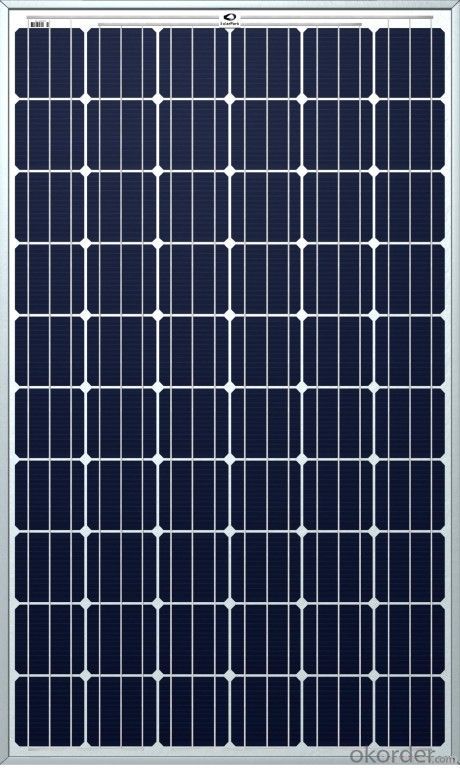
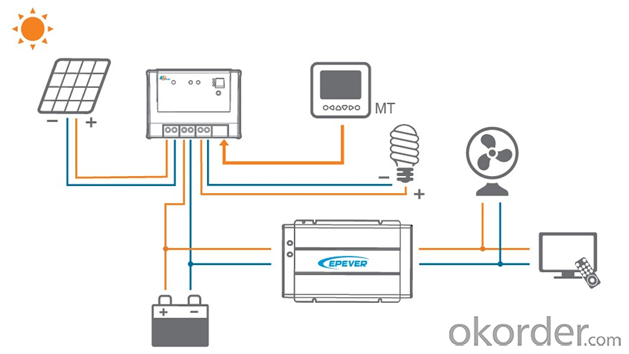
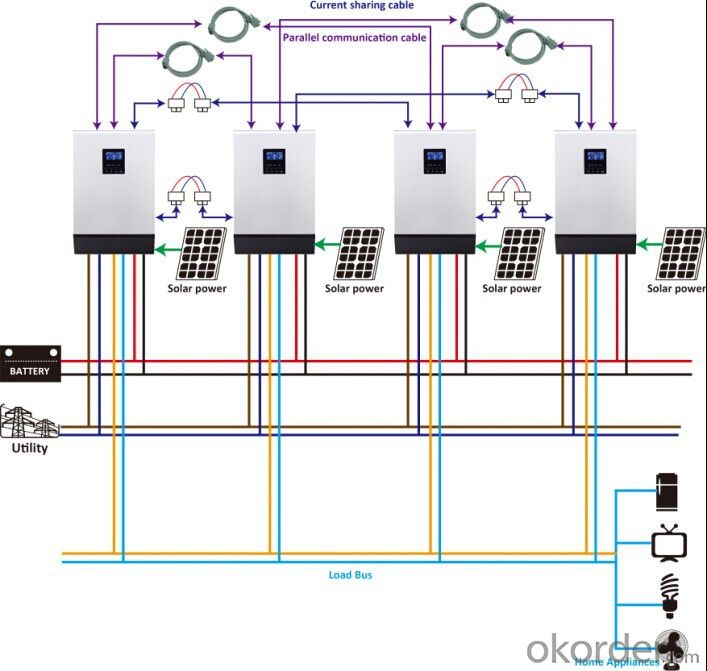
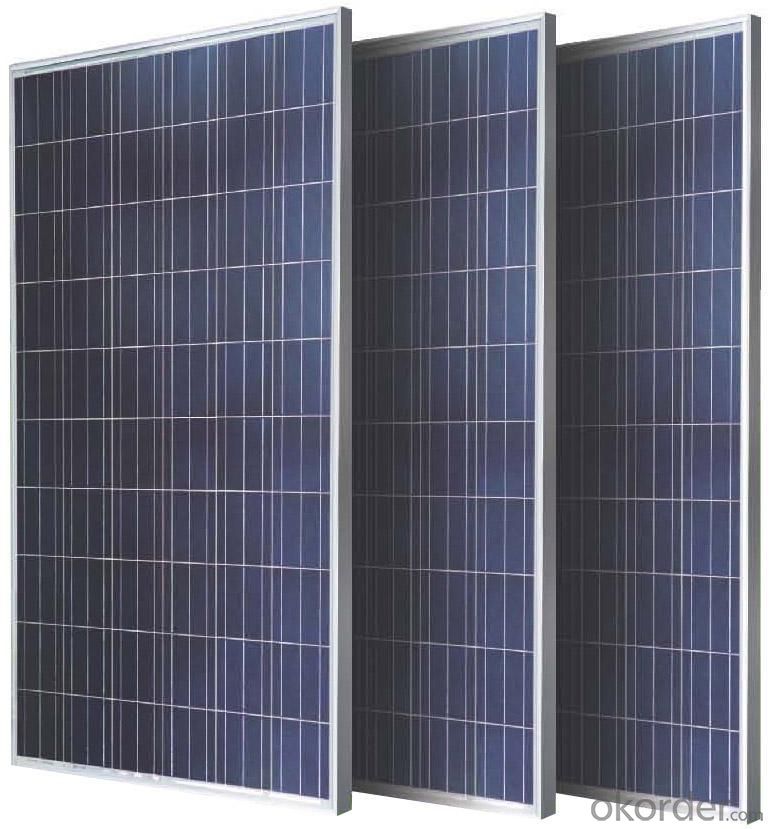
Packaging & Shipping
What is the packing?
1.Package: Carton Box for packaging, or Wooden Box advised for Samples to protect in transportations. Package designed by Clients is welcomed.
2.Shipping: DHL,FEDEX,UPS,EMS,AirWay and By Sea.
3.Payment: T/T( telegraphic transfer (T/T) and Western Union
4.Welcome to your Sample Order to test First.
FAQ
Q1: How to choose a right inverter?
A1:Tell us your demand, then our sales will recommend a suitable inverter to you.
Q2: What's the different between inverter and solar inverter?
A2: Inverter is only accept AC input, but solar inverter not only accept AC input but also can connect with solar panel to accept PV input, it more save power.
Q3: How about the delivery time?
A3: 7 days for sample; 25 days for bulk order.
- Q: How do solar panels affect the power grid?
- Solar panels can positively impact the power grid by producing clean and renewable energy. When connected to the grid, excess electricity generated by solar panels can be fed back into the system, reducing the overall demand for traditional fossil fuel-based power sources. This not only helps in reducing greenhouse gas emissions but also decreases the strain on the power grid, making it more reliable and sustainable.
- Q: how much would you pay for a 2'x4' solar panel that puts out 24 volts and 74 watts?
- It all depends on where you live and who you get them installed by.
- Q: What is the impact of snow accumulation on solar panels' performance?
- Snow accumulation on solar panels can significantly reduce their performance. The layer of snow acts as a barrier, preventing sunlight from reaching the panels and reducing their ability to generate electricity. Additionally, the weight of the snow can cause structural damage to the panels if not properly cleared, potentially leading to long-term issues. Therefore, it is important to remove snow from solar panels to ensure optimal performance and longevity.
- Q: How much does it cost to replace a solar panel?
- The cost of replacing a solar panel can vary depending on several factors such as the size, type, and quality of the panel, as well as any additional installation or labor costs. On average, the cost can range from a few hundred dollars for a small residential panel to several thousand dollars for a larger commercial panel. It is always best to consult with a solar panel installer or supplier to get an accurate estimate based on your specific needs and requirements.
- Q: Can solar panels be installed in areas with frequent power outages?
- Yes, solar panels can be installed in areas with frequent power outages. In fact, solar panels can be a great solution for such areas as they generate electricity from sunlight, reducing dependency on the grid. With the addition of energy storage systems, solar panels can provide uninterrupted power supply during outages, making them a reliable and sustainable option.
- Q: I want to know that if I put solar panels in space if Pluto can recieve energy for iPods and television
- Not really. Solar panels operate by sunlight knocking electrons off atoms, and there has to be a particular minimum of light in order to maintain a steady stream of electricity. Beyond Mars, we equip our probes with batteries and generators - because the sunlight at that distance is too weak to generate the electricity needed - so... no. Solar panels on Pluto won't charge anything....
- Q: I been considering to get a solar panel system but I don't know if I'm going cut my electric bill every month , It's a lot of money to spend and I'm not really sure
- I'm waiting for the gov't to do right thing and subsidize my purchase!
- Q: Can solar panels be installed on a church or place of worship?
- Yes, solar panels can be installed on a church or place of worship. Many religious organizations have taken steps to embrace renewable energy and reduce their carbon footprint by installing solar panels on their rooftops or open spaces. Installing solar panels not only helps to generate clean and sustainable electricity but also serves as a visible symbol of the organization's commitment to environmental stewardship.
- Q: what parts and tool do i need to build and connect a solar electric panel to my home
- Homemade okorder
- Q: DIY, buying solar panels, room is barely 200 sq. ft. have a 5000 btu air conditioner, how many watts do I need, thinking of buying 75 watt solar panels, have space on the roof.
- Yes you can.. Use it to charge a 2 volt battery then use the battery power to run a 2 volt halogen bulb. Would be much better to power some LED's with the battery -- just as much light but will last longer.
Send your message to us
260w Mono & Poly Solar Panels for Gate Openers - 260w/265w/270w/280w/300w/310w High Efficiency
- Loading Port:
- Shanghai
- Payment Terms:
- TT OR LC
- Min Order Qty:
- 1000 watt
- Supply Capability:
- 10000 watt/month
OKorder Service Pledge
OKorder Financial Service
Similar products
Hot products
Hot Searches
